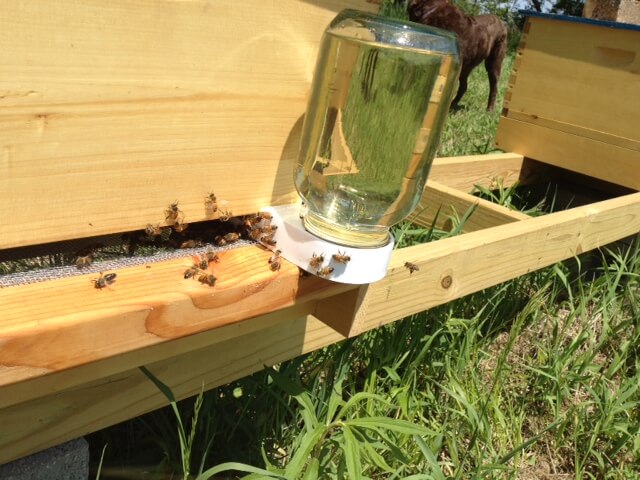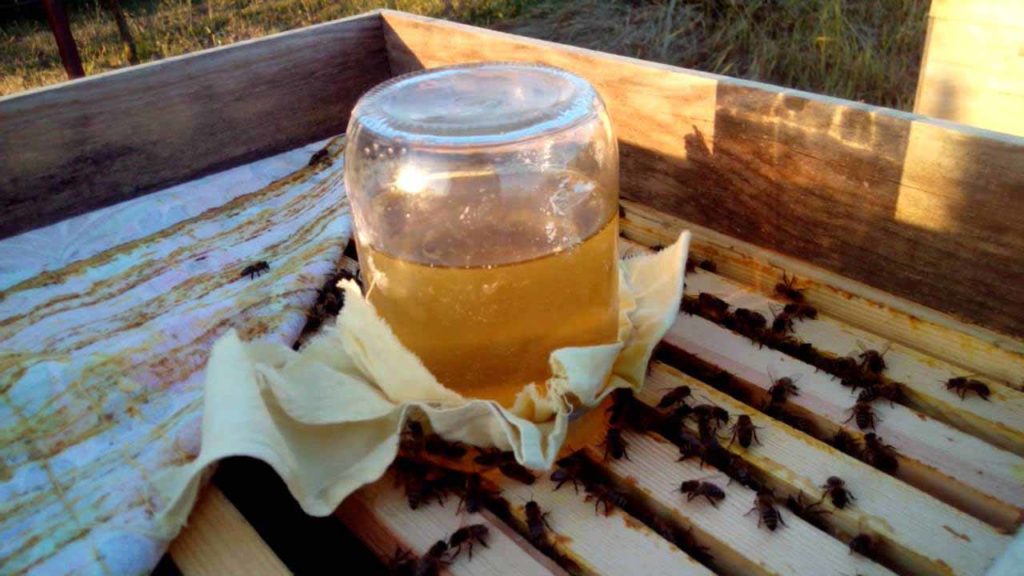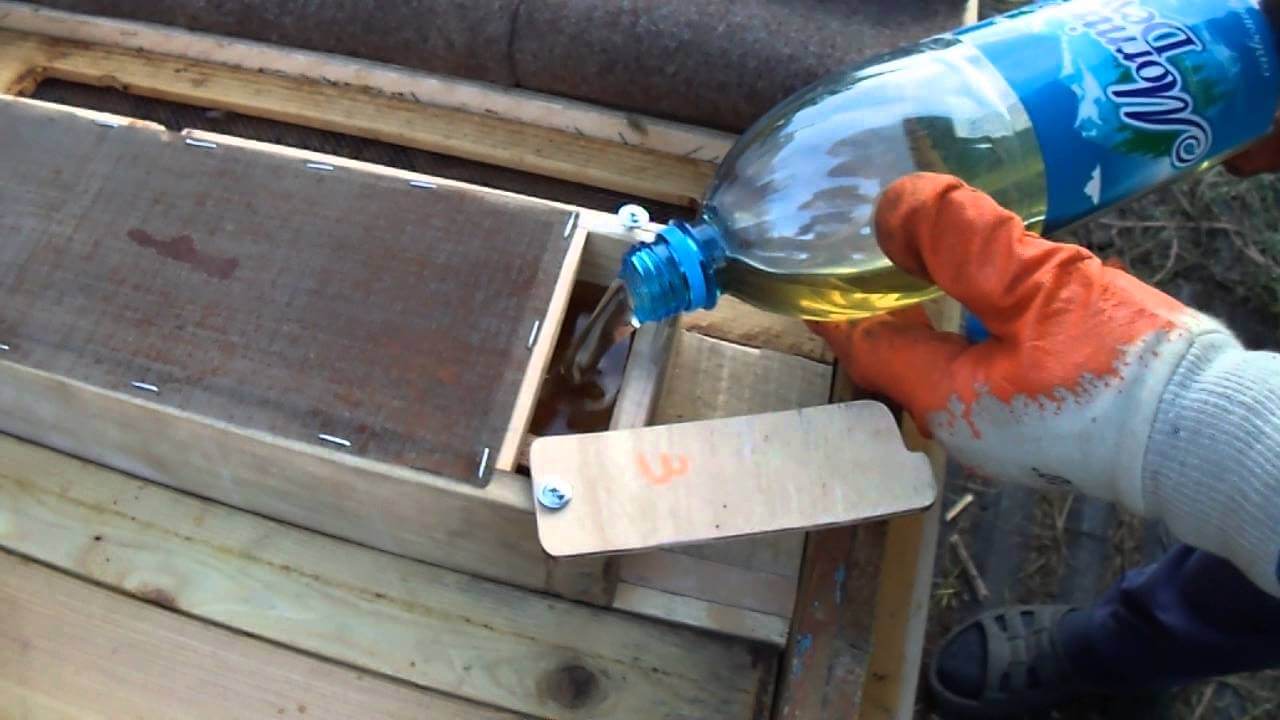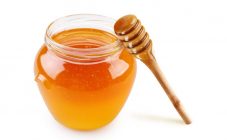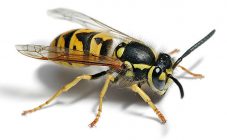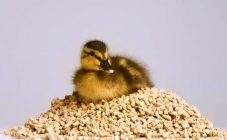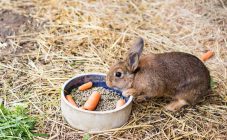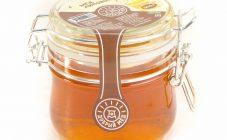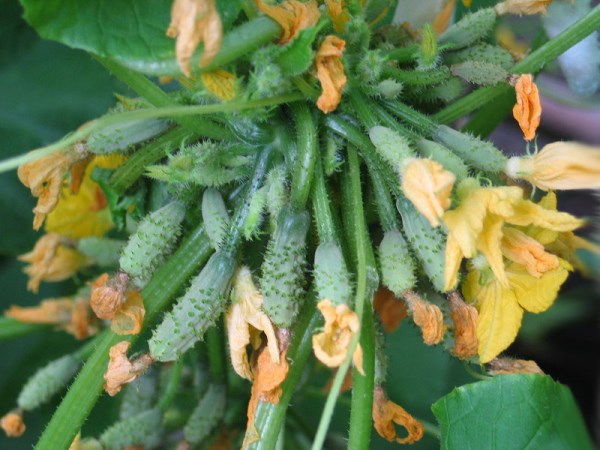Content:
In the wild, bees are quite capable of caring for themselves on their own, including stocking up on food. But in an apiary, where a person uses their reserves, the bees need additional carbohydrate feed. In this case, it is most convenient to use sugar syrup, which the hardworking hive dwellers can easily assimilate. To make a nutritious syrup for bees, the ratio of all ingredients should be calculated in advance. The amount of raw materials used plays an important role in dressing, oriented to different seasons.
Why is competent feeding important?
You don't need to be too zealous when feeding the bees with syrup. This will weaken the colony and lead to an increase in the level of sucrose in the honey.
Nevertheless, feeding is very necessary, and even necessary. This happens when the bees do not have enough food and the health of the family, as well as its survival, is jeopardized.
Feeding with syrup is appropriate in the following cases:
- the need to treat bees (medicines are added to the feed);
- weakening of the bee colony;
- getting rid of the need for bee flights in unfavorable weather;
- replenishment of winter feed stocks;
- increasing the immunity of bees;
- it is required to increase the amount of brood, to achieve large clutches.
Under unfavorable weather conditions - prolonged rains and late frosts - bees can use up their nutritional reserves. To prevent the extinction of workers, especially the death of the queen, it is necessary to provide beneficial insects with food.
Feeding bees with sugar syrup is relevant at any time of the year. But the goals of such a treat and the ratio of the syrup ingredients vary. For example, a syrup for feeding bees in the fall, the proportions of which are 1: 1, are not suitable for winter feeding.
Bee syrup: autumn
In autumn, when the hives are being prepared for wintering, complementary foods act as a way to replenish nutritional reserves. Young bees fed with syrup will become a strong part of the family by the spring, fully ready for active honey harvesting next year.
In the fall, it is worth removing the frames with honeydew honey, replacing this feed of questionable quality with sugar syrup with a concentration of 50-60%.
In order not to harm the food system of the bees and allow them to fully process the feed, the syrup is given from late August to mid-September. For regions with cold climates, these periods can be slightly extended.
Do you need syrup in summer
In the summer, feeding with syrup may also be in demand. This happens during periods of drought, prolonged rains and abnormal cold weather, which sometimes occur even in relatively warm regions.
If the beekeeper has previously pumped out the honey, not expecting the vagaries of the weather, then it is necessary to additionally feed the bees. After all, they themselves are temporarily unable to replenish food supplies.
The rules for distributing and preparing syrup in summer are similar to those in spring.
Syrup for the winter
The winter feeding of bees with sugar syrup is relatively rare.Basically, either late autumn or early spring feeding is carried out.
In the cold season, bees are fed with a thick syrup, the ratio of liquid to sugar in it should be 3: 2. The yield of the finished product during cooking will be 3.8 liters. For 1 bee family living in a separate hive, 1 liter of syrup will be enough. They give it in bags, laying it on the lid of the box and covering it with insulation on top.
There are several ways to prepare thick bee food from sugar and honey:
- For 1 liter of water, take 2 kg of sugar and 600 g of honey. Put sugar in boiling water, boil it, remove the foam. Then reduce the heat and add honey. The mixture is brought to a boil again, remembering to stir constantly. When the syrup has cooled, it is rolled into balls and placed in the hives.
- 1 liter of water is added to 5 kg of sugar, the syrup is boiled over low heat for half an hour. Citric acid must be added to it in the amount of 2 g. When the syrup hardens, the resulting "candy" can be placed in the hives.
- Plain refined sugar is laid out on pieces of gauze, the resulting bags are moistened with water and placed on frames under a canvas. After a couple of days, you need to check if the sugar is dry. If necessary, it is carefully moistened with water, being careful not to disturb the bees.
- Crystallized honey. It is desirable that it has a fine-grained, greasy consistency. Cakes are made from honey and wrapped in several layers of gauze. Place like sugar under a canvas.
In cases where the cold weather is too prolonged, and there is a lack of nutritional reserves, you can add more feed. It is advisable to enrich its composition with decoctions of herbs, flower honey, sea salt, which have a positive effect on the vital activity of bees.
Spring feeding with syrup
In the spring, bees prepare for the active collection of honey and the procurement of other bee products. During this period, after the first flight, feeding should be carried out. It will help the bees to gain strength, to replenish the depleted reserves. In the spring, you can prevent diseases by adding drugs to the feed.
A large amount of food provokes the uterus to a more generous clutch, which in the future will provide a sufficient number of workers. The proportion of sugar syrup for spring bee feeding is 1: 1 or 2: 3 (40% or 50% concentration). This feed is well absorbed and stimulates egg-laying in the queen of the hive.
It is worth remembering that in cold weather, bees are not given too liquid food, so as not to provoke them to fly out of the hives.
Bee syrup: ratios
To make it easier for beekeepers to navigate the ratios of sugar and water in a syrup prepared for a specific time, there is a table that indicates the amount of all ingredients and their proportions.
| Ratio | ||||||||
|---|---|---|---|---|---|---|---|---|
| Syrup yield in liters | 2:1 70% | 1:1 60% | 1:1 50% | 1:1,5 40% | ||||
| 1 | 0,5 l | 0.9 kg | 0.6 l | 0.8KG | 0.6 l | 0.6 kg | 0.7 l | 0.5KG |
| 2 | 0.9 l | 1,8 kg | 1.1 l | 1.6KG | 1,3 l | 1.3KG | 1.4 l | 0.9 kg |
| 3 | 1.4 l | 2.8 kg | 1.6 l | 2.4 kg | 1.9 l | 1.9 kg | 2.1 l | 1.4 kg |
| 4 | 1.8 l | 3.7 kg | 2.1 l | 3.2 kg | 2.5 l | 2,5 kg | 2.8 l | 1.9 kg |
| 5 | 2,3 l | 4.6 kg | 2.7 l | 4.0 kg | 3.1 l | 3.1 kg | 3.5 l | 2.3 kg |
The amount of sugar in the table is given in kilograms, the amount of water in liters.
So that the colonies do not experience a shortage of food and safely survive both the warm and cold seasons, it makes sense to feed them with syrup. But this should be done wisely, having calculated the required amount of ingredients in advance. Then the hardworking inhabitants of the hive will present their owner with tasty and healthy honey.
